1967
John and Helen Meyer first meet while John is working at a custom hi-fi shop in Berkeley. Their first date is listening to “Sgt. Pepper’s Lonely Hearts Club Band” after closing time on a high-end system.

This year marks the 50th anniversary of 1967’s Summer of Love, when San Francisco was the epicenter of the counter-culture. It was the year that John and Helen Meyer went on a date at a Berkeley hi-fi shop to hear The Beatles’ Sgt. Pepper’s Lonely Hearts Club Band, and it was also the year that John and Helen laid the groundwork for developing Meyer Sound. To celebrate their love and the 50th anniversary of the Summer of Love, John and Helen will be spending 2017 visiting key customers and hosting exclusive curated events in Berkeley and around the world.

The celebration of the 50th anniversary of the Summer of Love and John and Helen Meyer’s Sonic Love Story continues with our Meyer Sound #TieDyedTicket Facebook Contest! We are offering the chance for five very special winners to receive an all-expense paid visit to Berkeley, CA, for two, to discover the magic of Meyer Sound.



John and Helen Meyer first meet while John is working at a custom hi-fi shop in Berkeley. Their first date is listening to “Sgt. Pepper’s Lonely Hearts Club Band” after closing time on a high-end system.
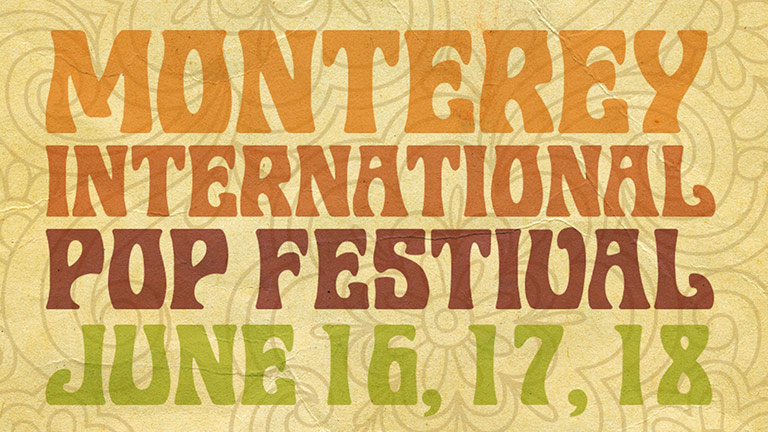
John is asked by Steve Miller to design a custom system for his appearance at the Monterey Pop Festival.
John and Helen attend a Donovan concert where the sound quality is extremely disappointing. John is determined to build much better systems.
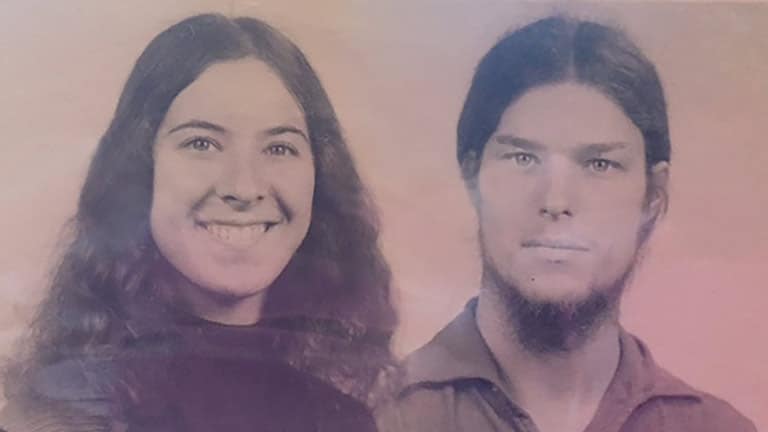
John and Helen travel to India where they marry in a private ceremony before traveling overland through the country.

John creates a quadraphonic Glyph loudspeaker system for the Pepperland nightclub in San Rafael, California. The Meyers’ first son, Perrin, is born in Richmond, California.

John designs the first JM Series loudspeakers while working with McCune Sound Service in San Francisco.
John works with Owsley “Bear” Stanley to create acoustic solutions for the Grateful Dead’s famed “wall of sound."
John starts work at the Institute des Haut E’tudes Musical in Switzerland and continues through the middle of 1975.
Meyers’ first daughter, Tara, born in Switzerland.
John begins work for GESI, continuing in 1977. He designs the sound system for the Embarcadero BART station.
John works on direct-to-disk recording for Crystal Clear Records, continuing into 1978.
Meyer Sound develops the UM-1 UltraMonitor for Jefferson Starship.
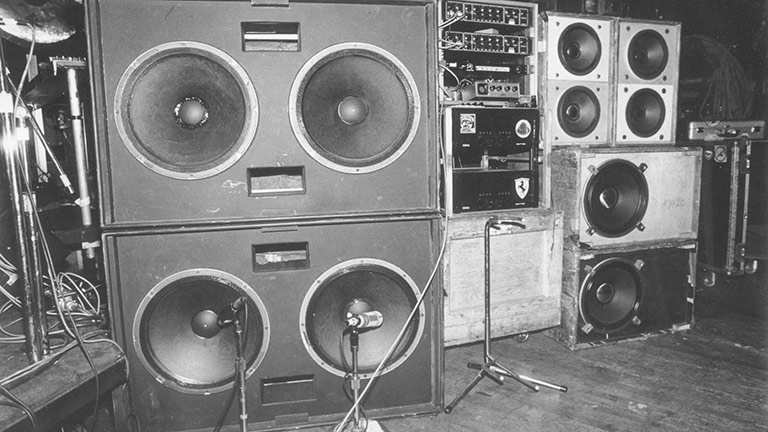
The company develops a prototype of the 650 subwoofer for special screenings of Francis Ford Coppola’s “Apocalypse Now.”
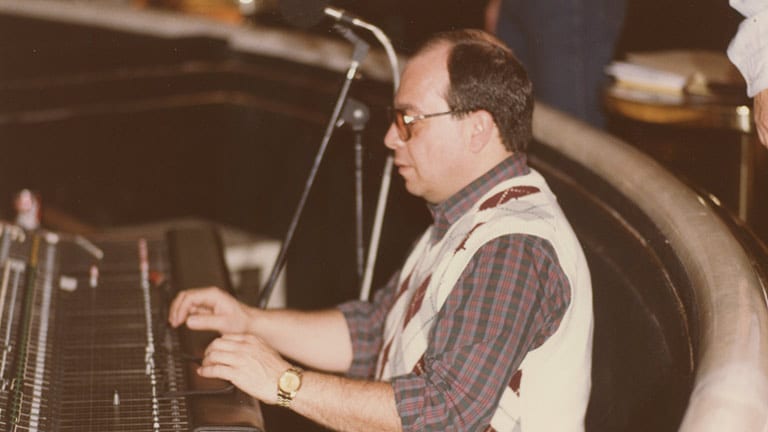
Abe Jacob, the “godfather” of contemporary theatre sound design, brings Meyer Sound to Broadway with UPA, a modified version of the UltraMonitor that revolutionized theatrical audio.
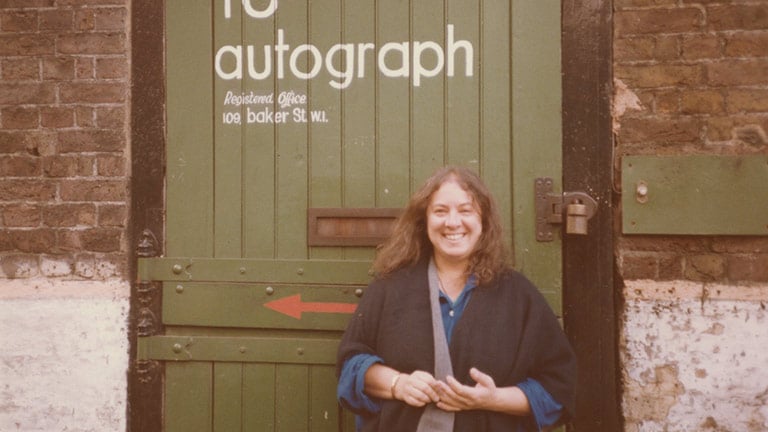
Meyer Sound enters European Market with Autograph in London, beginning a long association with owner and sound designer Andrew Bruce. The Autograph connection also begins a relationship with sound designer Jonathan Deans.
Meyer Sound moves to its present location in Berkeley, California.
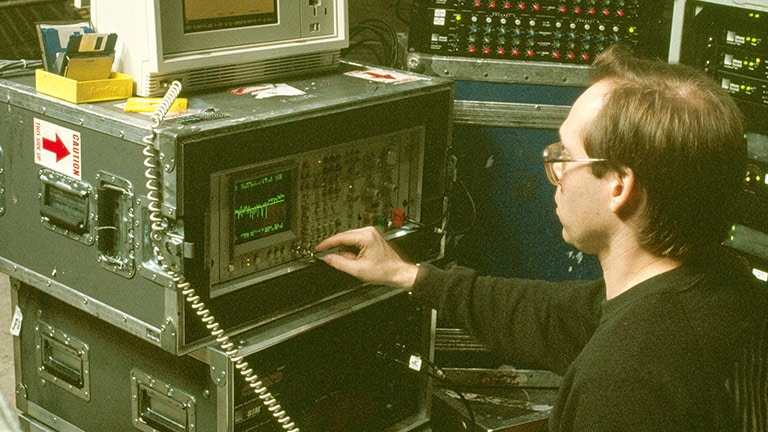
The first Source Independent Measurement (SIM) System is introduced, along with CP-10 parametric equalizer.
John Meyer is presented with the AES Fellowship Award for his outstanding contributions to the field of audio engineering and technology.
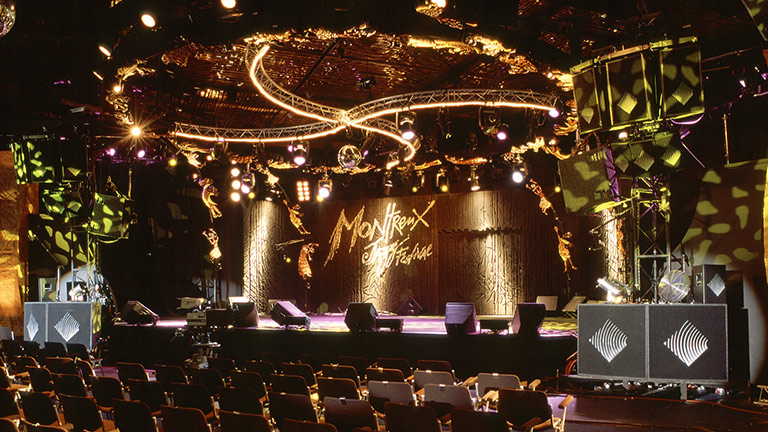
Meyer Sound partners with Claude Nobs’ Montreux Jazz Festival to become the exclusive brand used for the festival’s loudspeaker systems.
Meyer Sound introduces SIM System 1, the first dedicated multi-channel FFT measurement system.
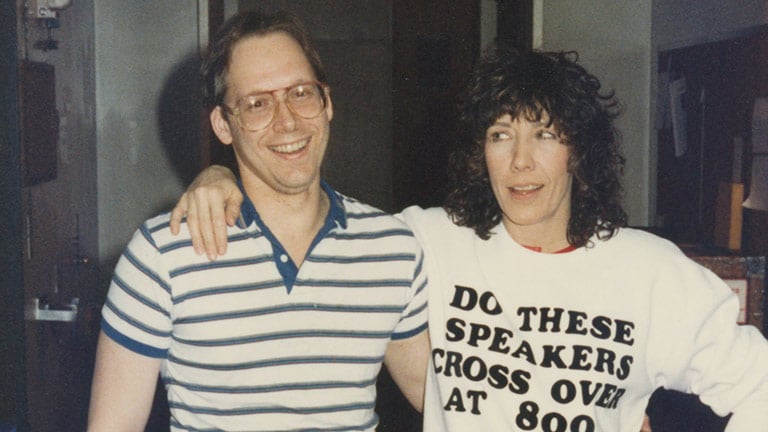
Meyer Sound develops pioneering microphone equalization technique, first used for Lily Tomlin’s “Search for Signs of Intelligent Life in the Universe” at San Francisco’s Curran Theater.
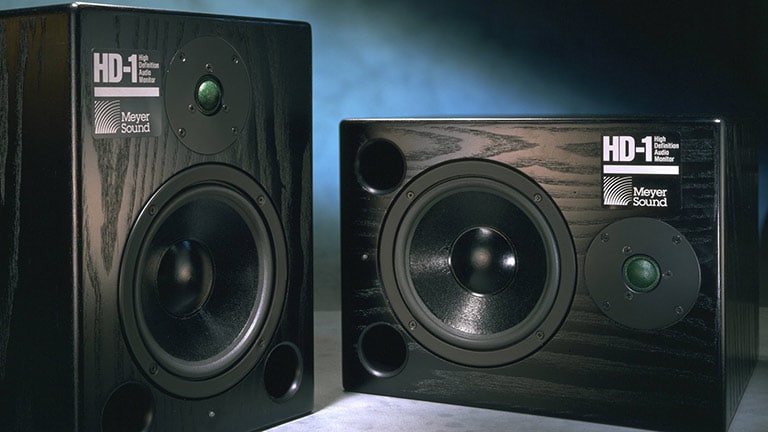
Noted recording engineer Roger Nichols inspires the company to develop the HD-1 reference loudspeaker, used for mixing the Rickie Lee Jones album “Flying Cowboys.”
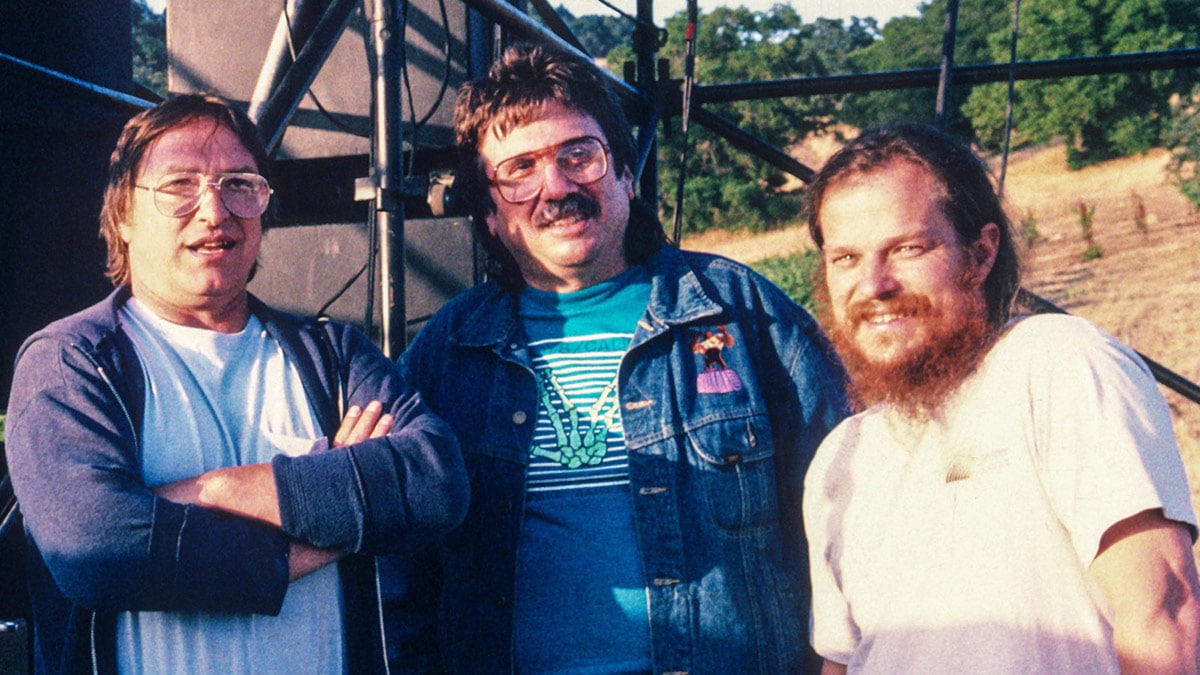
The Grateful Dead continue to provide sound innovation—here with Dead’s sound engineer Dan Healey, Don Pearson of UltraSound and John Meyer.
Photo: Susana Millman
Famed New York sound designer Tony Meola incorporates Meyer Sound systems into more than 40 Broadway and off-Broadway productions.
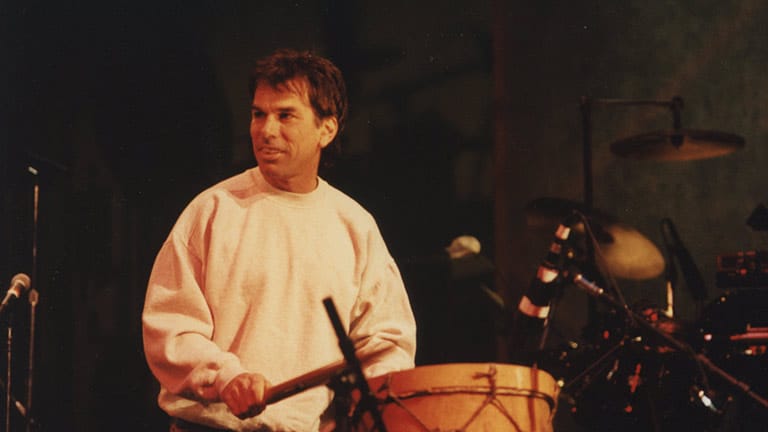
Grateful Dead drummer Mickey Hart continues partnership with Meyer Sound, extending beyond the Grateful Dead to include solo touring and work with the Buddhist Gyoto Monks.
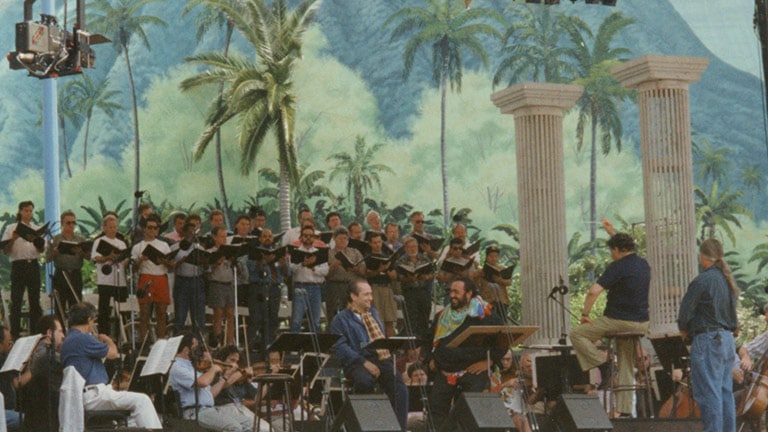
Beginning with their first concert at Rome’s ancient Baths of Caracalla in 1990, The Three Tenors’ concerts are equipped with Meyer Sound systems.
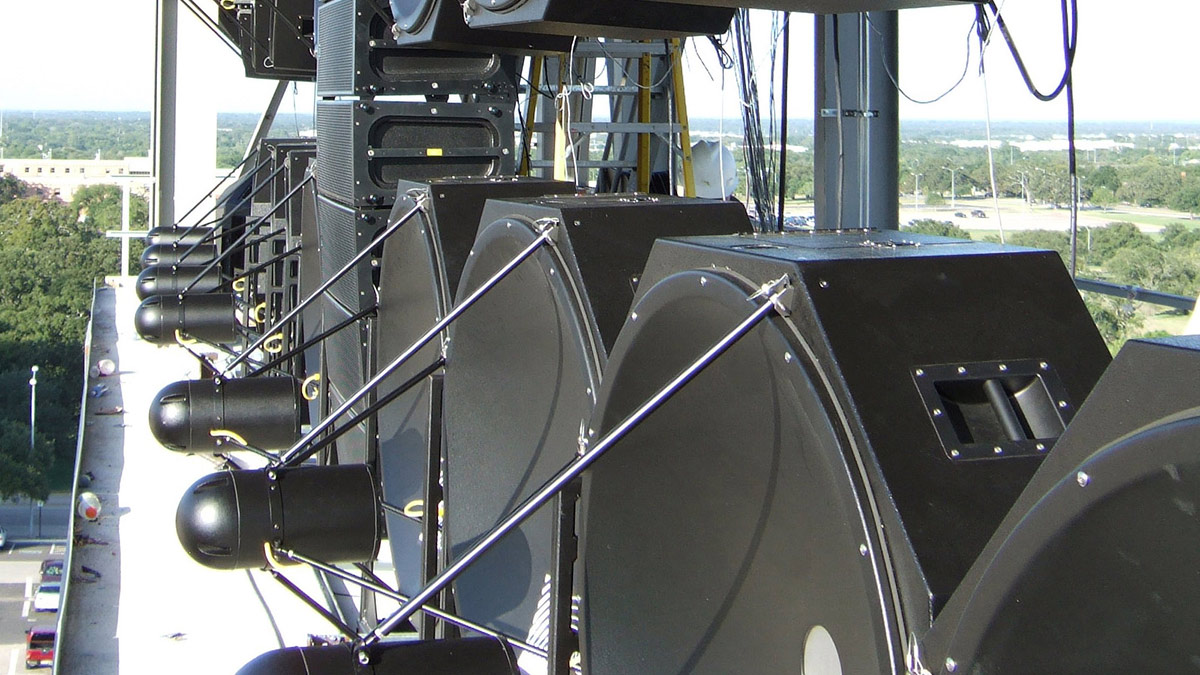
SB-1, first used for a domed stadium tour throughout Japan, becomes the industry’s first high-power parabolic loudspeaker.
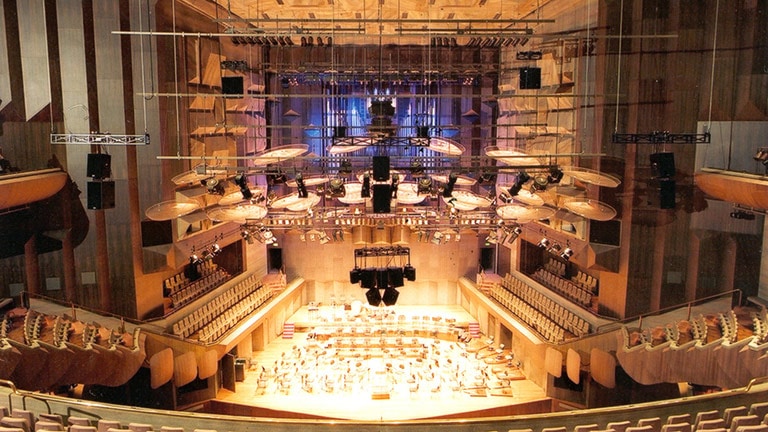
PSW-6 completes preliminary testing to become a revolutionary self-powered subwoofer, exhibiting unprecedented directional control of frequencies below 150 Hz.
Helen Meyer is awarded Citation from AES for her contributions to the audio industry.
Meyer Sound system deployed for Three Tenors concert at the Forbidden City in Beijing.
Meyer Sound develops the MM-4 miniature loudspeaker for sound artist Bill Fontana’s discreet installations at tramway stations in Lyon, France.
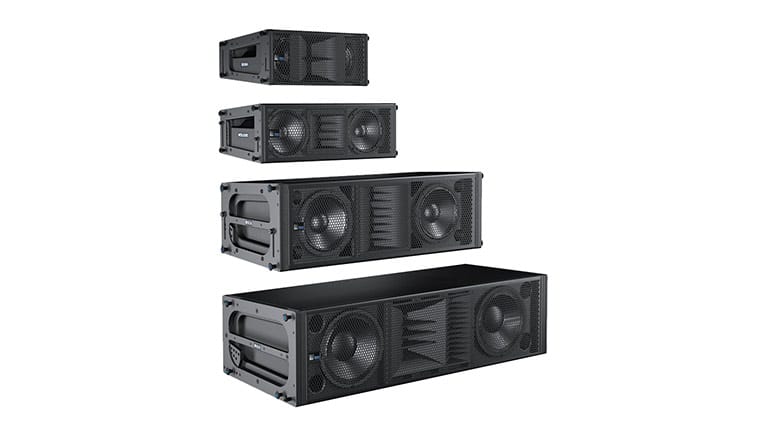
Meyer Sound holds an M3D System demonstration event in Mexico City, introducing the M Series line array loudspeaker systems. Meyers’ first grandchild, Milo, is born.
Meyers’ second grandchild, Elodie, is born.
John Meyer receives the first Parnelli Innovator Award for “his genius, perseverance and dedication to quality.”

Celebrating its 25th anniversary, Meyer Sound debuts its state-of-the art Pearson Theatre, an on-site venue for training, research and demonstrations.
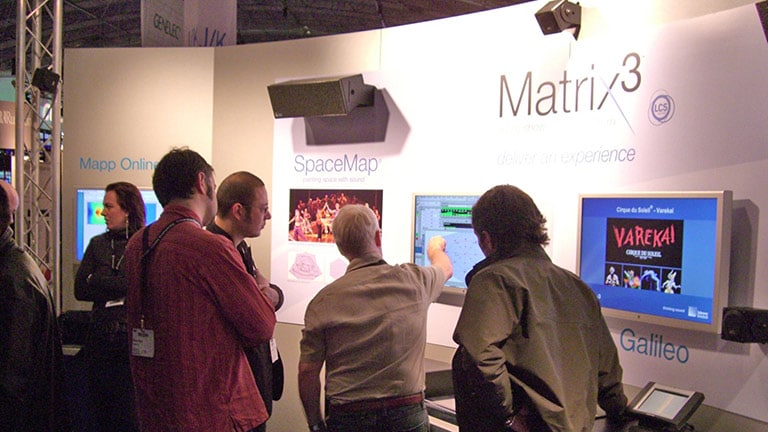
Meyer Sound joins the first Integrated Systems Europe (ISE) tradeshow, held in Geneva, Switzerland. ISE has since moved to Amsterdam, Netherlands, where Meyer Sound has joined every year.
Meyer Sound acquires LCS, makers of sophisticated multichannel digital audio mixing and processing products, and electronic acoustic enhancement.
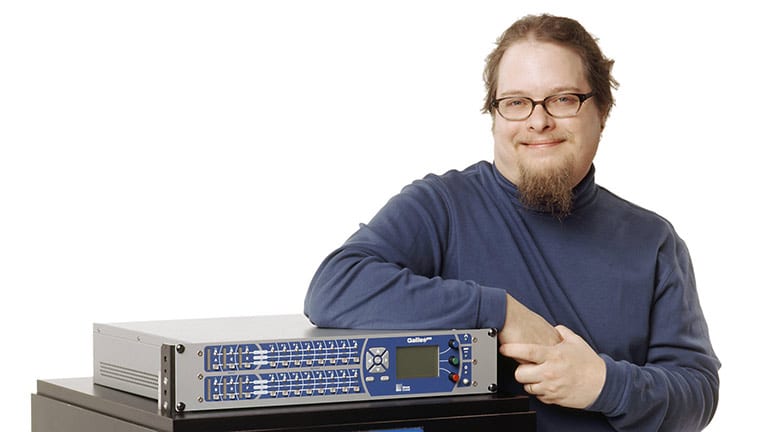
The original Galileo loudspeaker management system is introduced as the perfect complement to Meyer Sound’s self-powered loudspeakers.
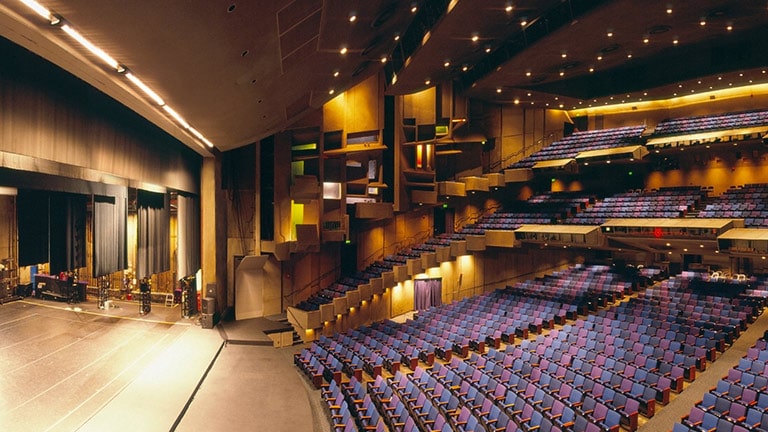
Meyer Sound installs first Constellation system into Cal Performances' Zellerbach Hall at U.C. Berkeley.
John Meyer is presented with the prestigious Silver Medal Award from AES for his outstanding achievements.
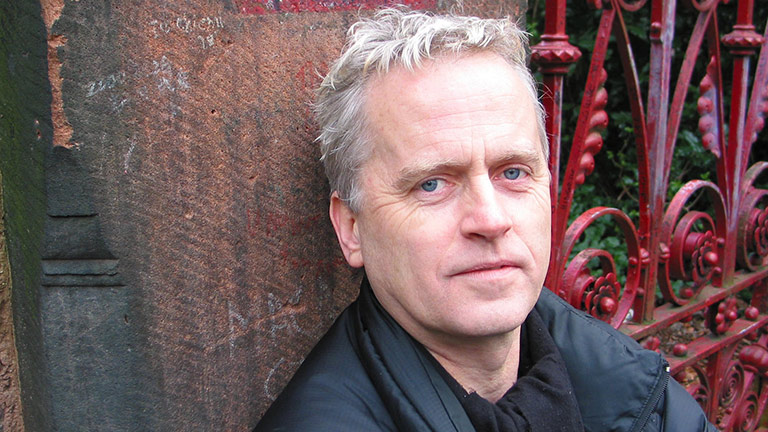
Sound Designer Jonathan Deans visits the Berkeley factory and continues his long-time partnership with Meyer Sound.
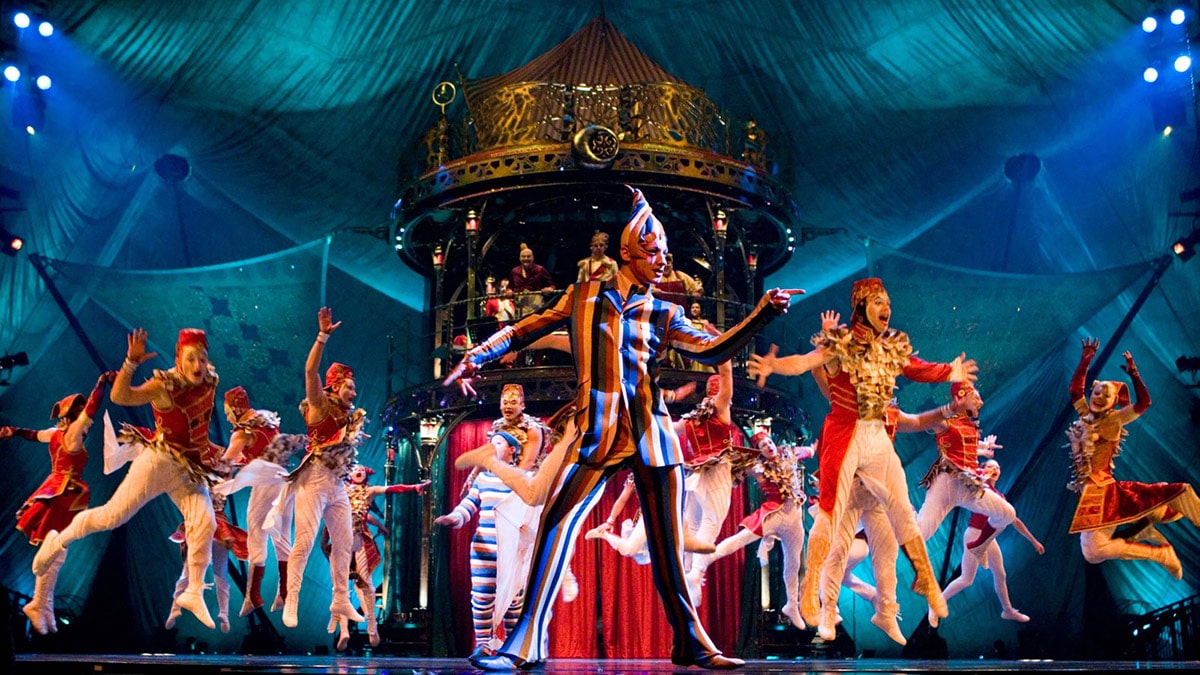
Meyer Sound chosen as official sound equipment supplier for the new Cirque du Soleil show KOOZA™, continuing a decades-long fruitful relationship with Cirque Du Soleil.
Photo: Olivier Samson Arcand
Meyers’ third grandchild, Dmitri, is born.
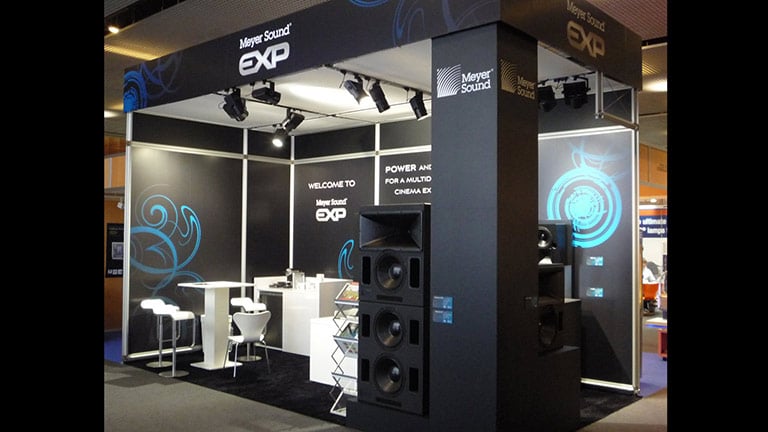
Meyer Sound enters the dedicated cinema loudspeaker market, demonstrating an Acheron 100 screen loudspeaker prototype to post-production professionals before launching a full line of screen loudspeakers, surrounds and cinema subwoofers the following year.
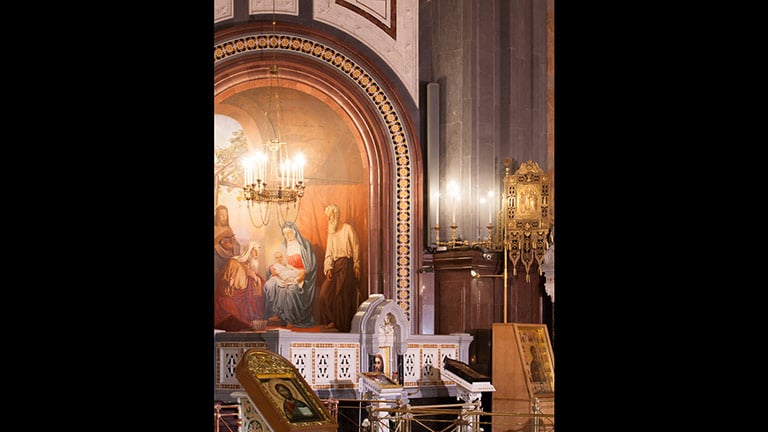
CAL steerable column array loudspeakers introduced, offering unprecedented control, audio fidelity and low-profile aesthetics.
Meyers’ fourth grandchild, Nadia, is born.
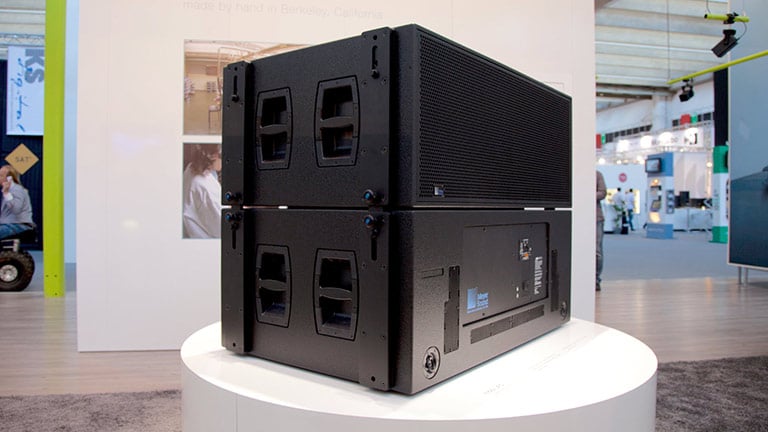
LEO Family launches to provide maximum power with a small footprint and virtually no distortion.
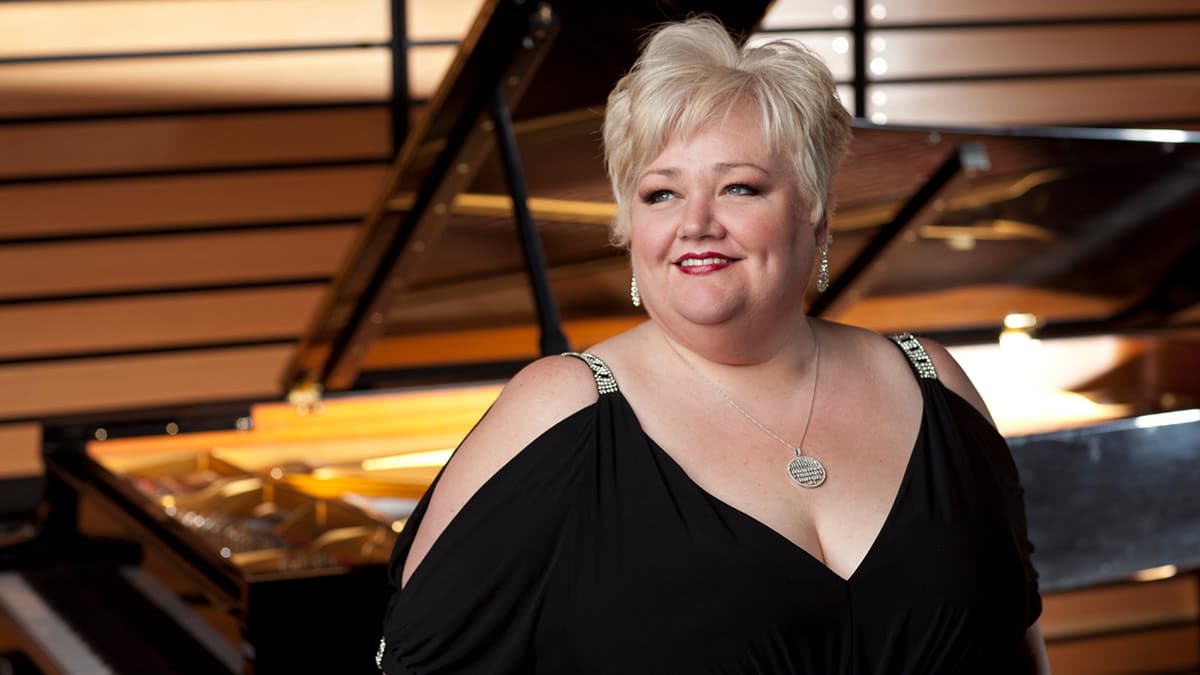
Famed mezzo-soprano Stephanie Blythe recorded in the Pearson Theatre using a proprietary recording technique developed by John Meyer.
John Meyer receives InfoComm International Adele De Berri Pioneers of AV Award on the tradeshow’s 75th anniversary.
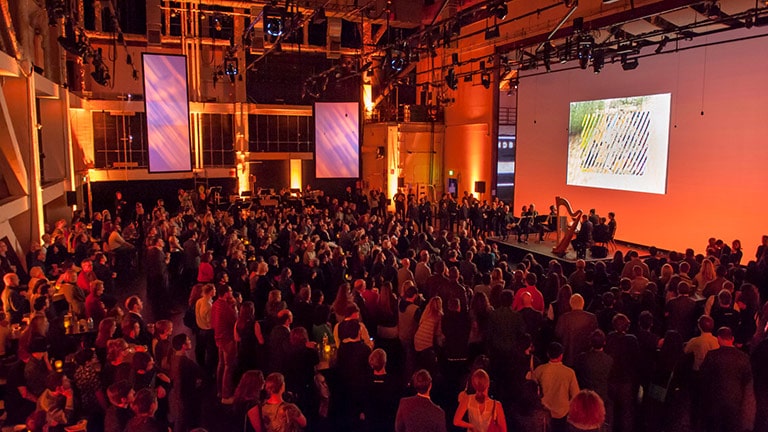
SoundBox, San Francisco Symphony’s bold new music venue, opens with a Meyer Sound Constellation acoustic system.
Photo: Stefan Cohen
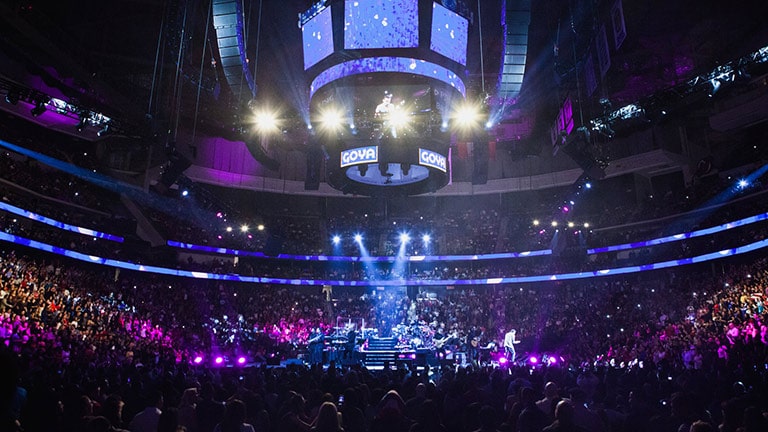
Latin music superstar Marc Anthony takes LEO Family on tour in the USA, launching a strong touring partnership with Meyer Sound.
Photo: Carlos Escobar
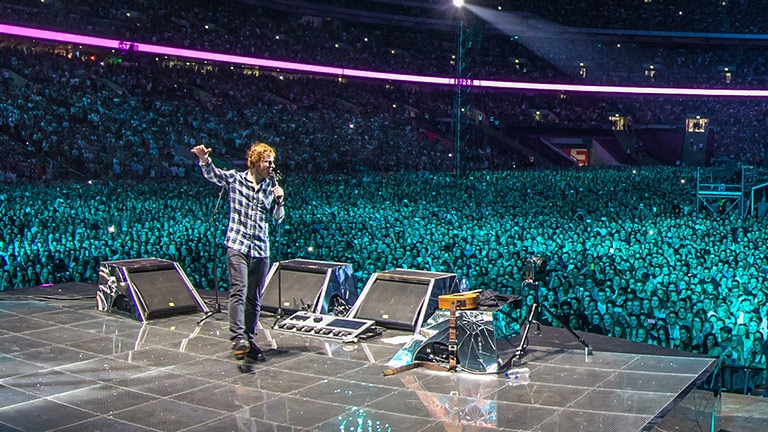
Using LEO, Ed Sheeran becomes the first solo artist to sell out five shows at London's Wembley Stadium and Dublin's Croke Park Stadium.
Photo: Ralph Larmann
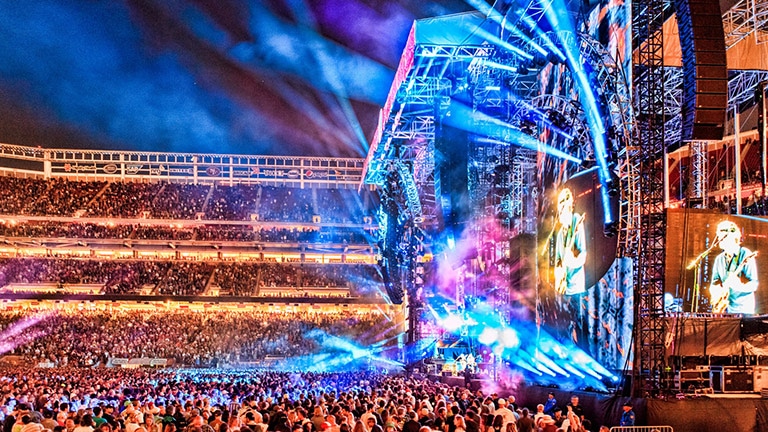
The Grateful Dead bids "Fare Thee Well" at Levi's Stadium with Meyer Sound LEO.
Photo: Jay Blakesberg
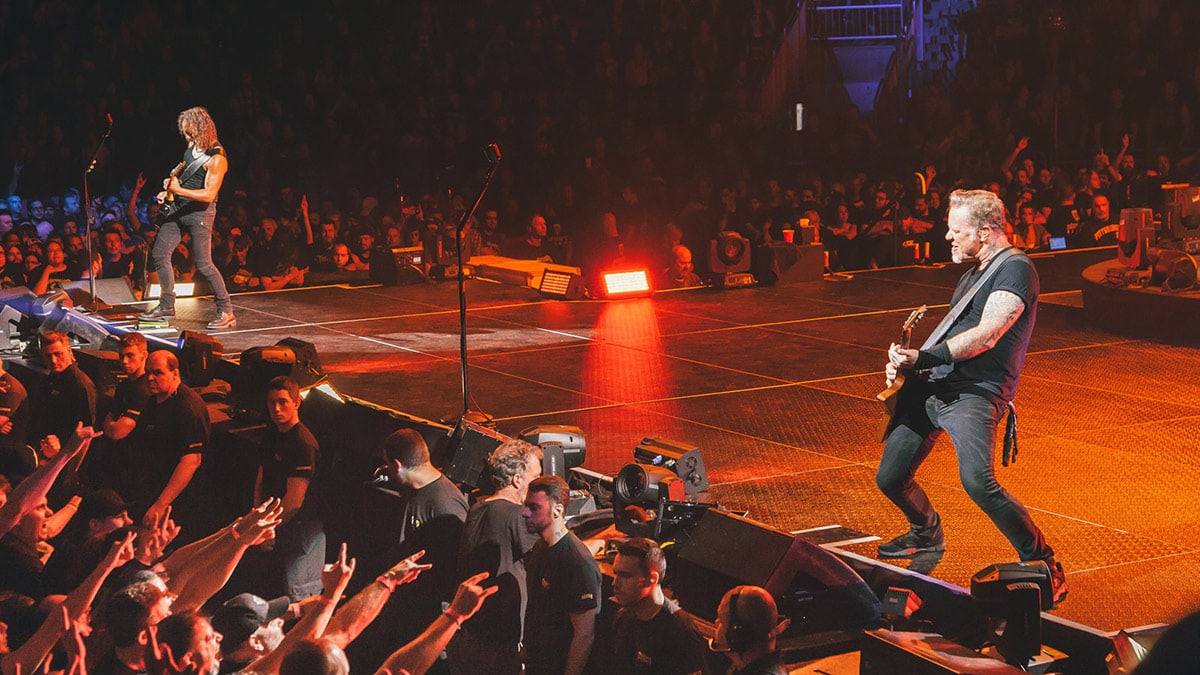
Metallica and Meyer Sound LEO inaugurate Quebec City’s Videotron Centre with in-the-round TM Array.
Photo: Carlos Escobar